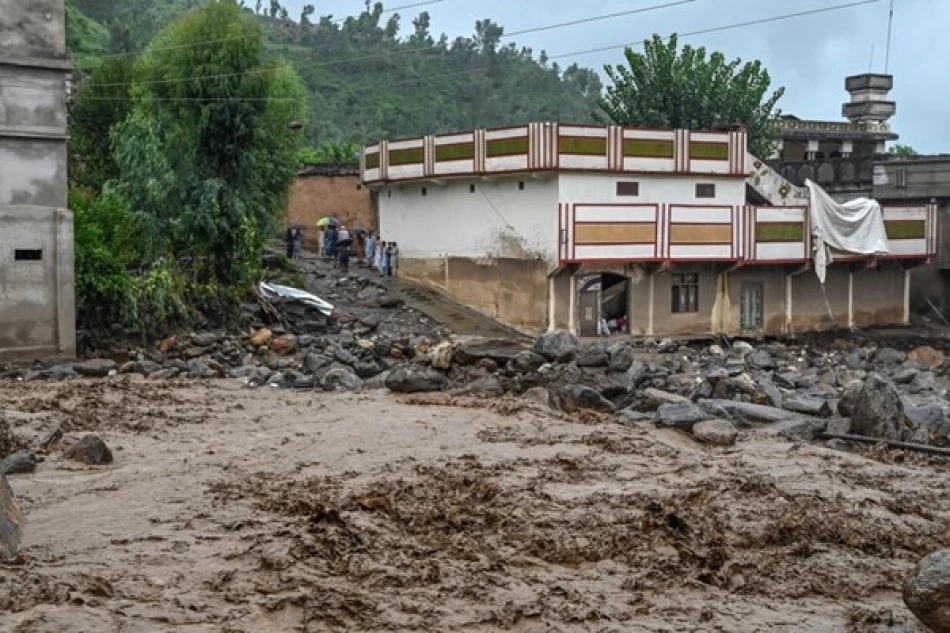
Heavy Rains Claim 20 Lives in Pakistan Amid Deadly Monsoon Downpours
Pakistan's Monsoon Crisis Deepens as Flash Floods Kill 20 More in Northern Villages
Pakistan's catastrophic monsoon season claimed at least 20 more lives on Monday as torrential rains swept through northern villages, bringing the death toll from this year's unusually severe weather pattern into the hundreds. The latest casualties in Khyber Pakhtunkhwa province underscore how climate change is transforming South Asia's traditional monsoon cycle into an increasingly deadly phenomenon.
Immediate Impact and Casualties
Heavy rainfall devastated several villages in the Swabi district of Khyber Pakhtunkhwa province, according to local disaster management officials. The flash floods represent the latest chapter in what meteorologists are calling an exceptionally harsh monsoon season that has already killed hundreds across the country in recent days.
The Swabi district, located in Pakistan's mountainous northwest, is particularly vulnerable to flash flooding due to its terrain and proximity to major river systems that can rapidly overflow during intense rainfall.
A Pattern of Escalating Monsoon Violence
Climate Change Amplifies Traditional Weather Patterns
Pakistan's monsoon season, typically running from June through September, has become increasingly unpredictable and severe over the past decade. This year's death toll already rivals some of the country's worst weather disasters, including the devastating 2010 floods that affected 20 million people and the 2022 monsoon floods that submerged one-third of the country.
Climate scientists have repeatedly warned that South Asian monsoons are intensifying due to global warming, with Pakistan bearing a disproportionate burden despite contributing less than 1% of global carbon emissions.
Infrastructure Vulnerabilities Exposed
The recurring casualties highlight Pakistan's struggle with inadequate disaster preparedness and infrastructure. Rural areas like those affected in Swabi often lack early warning systems, proper drainage, and evacuation protocols that could save lives during sudden flooding events.
Economic and Social Implications
Beyond the immediate human tragedy, these repeated flood disasters strain Pakistan's already fragile economy. The country, currently navigating a severe financial crisis and IMF bailout negotiations, faces mounting costs for disaster relief and infrastructure reconstruction that diverts resources from development projects.
Agricultural regions bear the brunt of these floods, threatening food security in a nation where rural communities depend heavily on monsoon rains for crop irrigation. The delicate balance between beneficial rainfall and destructive flooding has become increasingly difficult to maintain.
Regional Context and Global Implications
Pakistan's monsoon crisis reflects broader climate challenges across South Asia. India, Bangladesh, and Nepal have all experienced similar patterns of extreme weather events, suggesting that traditional disaster management approaches across the region require fundamental reassessment.
The international community increasingly views Pakistan as a frontline state in climate change adaptation efforts. However, the gap between global climate commitments and local disaster preparedness remains stark, as evidenced by the continued loss of life from predictable seasonal weather patterns.
The recurring nature of these tragedies demonstrates that Pakistan's monsoon management requires not just emergency response capabilities, but comprehensive infrastructure investment and climate adaptation strategies that can protect vulnerable communities before disasters strike.
 Layla Al Mansoori
Layla Al Mansoori







